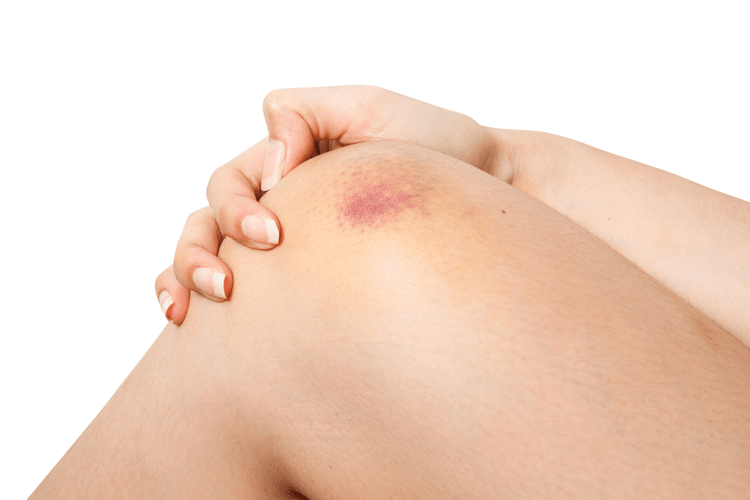Alcoholism and Psychiatric Disorders: Diagnostic Challenges
Genetic, psychological, social and environmental factors can impact how drinking alcohol affects your body and behavior. Theories suggest that for certain people drinking has a different and stronger impact that can lead to alcohol use disorder. Chronic heavy drinking disrupts brain chemistry, to increase feelings of depression, which is the single biggest risk factor for suicide.
Where can I get more scientific information on comorbid substance use disorder, mental illness, and medical conditions?
Small gestures from loved ones, such as regular check-ins or quiet encouragement, can help maintain recovery efforts. The quality of support matters most, with empathy and understanding being shown to make a lasting difference. Strengthening supportive relationships during and after treatment can help promote long-term recovery outcomes in people who are in recovery 8. While many adults can moderately consume alcohol without significant consequences, the risk of developing AUD depends on how much, how often, and how quickly a person drinks. When alcohol use begins to cause distress or negative consequences, it is considered alcohol misuse. Too much alcohol affects your speech, muscle coordination and vital centers of your brain.
Comorbidity research: the next decade
First, people with mental health disorders may use alcohol to cope, which can make mental health symptoms worse. At the same time, people who drink alcohol over the long term may develop psychiatric problems as a result of disordered alcohol use. Finally, it’s also likely that risk factors (like traumatic experiences) can lead to both alcohol misuse and mental health problems 1. People with an alcohol use disorder, which is the clinical term for an alcohol addiction, have a high rate of mental health disorders.
Bipolar disorder and AUD
While alcohol use can affect both physical and mental health, lasting change begins with recognizing the signs early and seeking help. Treatment works best when it fits each person’s needs, combining medical is alcoholism a mental illness care, therapy, and ongoing social support. Medication and behavioral therapy can reduce cravings and help build healthier habits, but connection often matters just as much. Support from family, friends, or peers who offer steady encouragement helps people stay on track long after treatment ends.
- Regardless of which comes first, the reality is that several mental health disorders tend to co-occur with alcohol problems 1.
- They’ll recommend treatments and resources to help you recover from alcohol use disorder.
- Finally, while studies included in this review generally included individuals aged 18 years and over, in some cases studies had a minimum age in adolescence (e.g. 15 years and over).
Many people with AUD do recover, but setbacks are common among people in treatment. Behavioral therapies can help people develop skills to avoid and overcome triggers, such as stress, that might lead to drinking. Medications also can help deter drinking during times when individuals may be at greater risk of a return Halfway house to drinking (e.g., divorce, death of a family member). Due to a small number of studies reporting the prevalence of binge drinking, of which one study had a much larger sample size than others, it was not appropriate to conduct a meta‐analysis. Further, due to variances in the measures and cut‐offs used to measure alcohol consumption, we were unable to conduct a meta‐analysis of alcohol consumption. The term “alcohol-use disorder” used in this article encompasses alcohol abuse and dependence as defined in the American Psychiatric Association’s Diagnostic and Statistical Manual of Mental Disorders, Fourth Edition (DSM–IV).
Alcohol Use Disorder Therapy
People with less severe alcohol use disorders who aren’t at risk for serious alcohol withdrawals can sometimes begin their recovery at the outpatient level. If you or a loved one needs help finding the right level of treatment for alcohol or other substance use disorders, schedule an assessment with a licensed counselor or substance use professional. During your first appointment, you can get https://ecosoberhouse.com/ clarification on your diagnosis as well as your treatment options.
This may include symptoms like frequent thoughts about drinking or having trouble stopping drinking once they start. Many people may not realize that even seemingly small symptoms like these can indicate AUD and together can meet the criteria for diagnosis. Join our global mission of connecting patients with addiction and mental health treatment. Introduces a report that focuses on the topic of of common physical and mental health comorbidities with substance use disorders, a research priority for NIDA.
Usually, the only way is to have the patient undergo medical detox and then monitor their symptoms as the alcohol leaves their system. The heavy use of alcohol and mental health are closely intertwined, with one often impacting the other. People with alcoholism often struggle with mental health disorders and the use of alcohol can exacerbate these conditions. Five studies reported the prevalence of binge drinking among those with and without a CMD, although there was variation in the cut‐offs used to assess this and the duration of binge drinking (see Table 5).
- Addressing substance use disorders in long-term care settings, particularly amongolder adults with AUDs, is crucial 15.
- Alcohol addiction or alcohol use disorder requires professional help and can worsen without proper mental health care.
- Furthermore, integrated care often requires frequent communication among providers to effectively coordinate care, but coordination of care is not a reimbursable service in fee-for-service insurance models.
- A 2021 cross-sectional study suggests that people with mental health conditions are more likely to have AUD, and that people with AUD have a higher risk of mental health conditions.
- We were unable to conduct a sensitivity analysis of OCD due to an insufficient number of studies.
- But these may be easier for concerned family members and friends to ask, since they may hesitate to ask direct questions about quantity.
Symptoms of the Disorder
Furthermore, clinicians should pay attention to reports of clients’ past AOD-related problems, because the clients are more likely to report past use than current use (Barry et al. 1995). Much of our current knowledge of homeless adults with dual disorders comes from National Institute on Alcohol Abuse and Alcoholism initiatives funded by the Stewart B. McKinney Act (Huebner et al. 1993). These initiatives include a 3-year, 14-project demonstration to develop, implement, and evaluate interventions for homeless adults with AOD-related problems.
The 2 criteria to make the diagnosis center around the patient experiencing withdrawal symptoms when not drinking alcohol and tolerance or requiring an increasing amount of alcohol to achieve the same effect. Future research that leverages novel technologies, such as ecological momentary assessment and multimodal neuroimaging, will enhance our understanding of the interactions between mood and alcohol use and how those interactions may influence the nature, course, and treatment of co-occurring AUD and depressive disorders. Assessment of co-occurring AUD and depressive disorders using dimensional measures rather than discrete, categorical measures will be critical to understanding the full spectrum of severity of these conditions, including subclinical presentations. Many randomized trials have investigated treatments for co-occurring AUD and depressive disorders. In this section, trials that used medication and psychotherapy treatments are discussed, as are the effects of those treatments on depressive symptoms and AUD symptoms.




